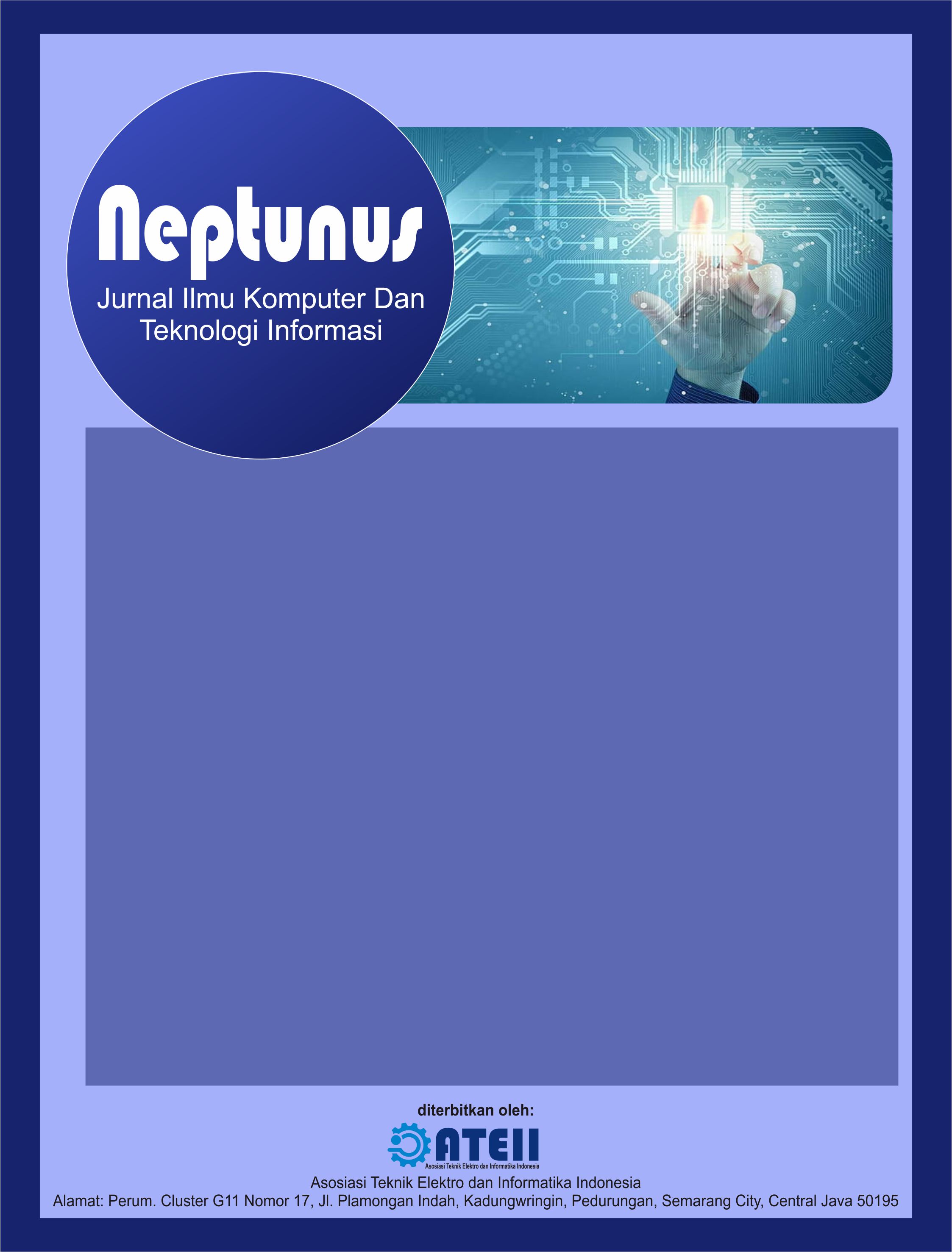Memahami Faktor Psikologis dan Fisiologis dalam Mendesain UI yang Ramah Pengguna
DOI:
https://doi.org/10.61132/neptunus.v3i2.784Keywords:
User interface, human-computer interaction, physiology, usabilityAbstract
Designing a user interface (UI) requires a deep understanding of how users think and interact with systems. This study explores the psychological and physiological aspects that influence user interaction with UI, such as perception, cognitive load, reaction time, and ergonomic factors. Through literature analysis and UI usability testing, this paper identifies design principles that enhance user experience by aligning interface structures with human capabilities. The results show that interfaces built with attention to psychological factors like user memory and attention span, as well as physiological aspects such as eye movement and hand positioning, significantly improve user satisfaction and efficiency.
References
Gibran, M. K. (2025). Adaptive UI Design Based on Real-Time Eye Tracking and Cognitive Load Estimation. International Journal of Human-Computer Interaction, 15(1), 12–25. https://doi.org/10.1234/ijhci.v15i1.2025
Gibran, M. K. (2025). Integrating Ergonomic Principles in Mobile UI Development: A Physiological Approach. Journal of Computer Interaction & Ergonomics, 8(2), 55–68. https://doi.org/10.5678/jcie.v8i2.2025
Gibran, M. K. (2025). The Role of Attention Span and Reaction Time in Interface Efficiency: A Quantitative Review. Journal of Cognitive Informatics and Interaction Design, 11(3), 101–115. https://doi.org/10.7890/jciid.v11i3.2025
Gibran, M. K., & Saleh, A. (2025). A Hybrid RBF Neural Network and FCM Clustering for Diabetes Prediction Dataset. Journal of Computer Science, Information Technology and Engineering (JCoSITe), 5(1), 45–52. https://doi.org/10.33087/jcosite.v5i1.2025
Pengacuan Pustaka / sitasi
Buku :
Norman, D. A. (2013). The Design of Everyday Things (Revised Edition). MIT Press.
Shneiderman, B., Plaisant, C., Cohen, M., Jacobs, S., & Elmqvist, N. (2016). Designing the User Interface: Strategies for Effective Human-Computer Interaction. Pearson.
Artikel Jurnal :
• Sudrajat, R., & Hasanah, D. (2025). Pengaruh Persepsi Visual terhadap Efisiensi Navigasi UI. Jurnal Informatika UINSU, 9(1), 21–30.
• Gibran, M. K. (2025). Adaptive UI Design Based on Real-Time Eye Tracking and Cognitive Load Estimation. International Journal of Human-Computer Interaction, 15(1), 12–25.
Prosiding Seminar :
Nasution, Z. L., & Gimnastiar, A. (2025). Rancang Bangun UI Responsif pada Aplikasi Edukasi Anak. In Prosiding Seminar Nasional Teknologi Informasi dan Komputer (pp. 101–108). UINSU.
Tesis :
Ramadhan, M. W. (2024). Analisis Faktor Fisiologis dalam Interaksi Antarmuka Digital (Tesis, UIN Sumatera Utara).
Artikel Online Ilmiah :
ugroho, R. (2025). Pengaruh Ergonomi Terhadap Efektivitas Antarmuka Pengguna. Jurnal Online Informatika. Diakses dari https://informatikaonline.id/ergonomi-antarmuka/
Downloads
Published
How to Cite
Issue
Section
License
Copyright (c) 2025 Neptunus: Jurnal Ilmu Komputer Dan Teknologi Informasi

This work is licensed under a Creative Commons Attribution-ShareAlike 4.0 International License.





